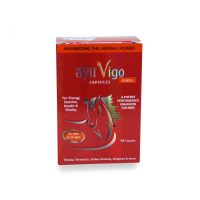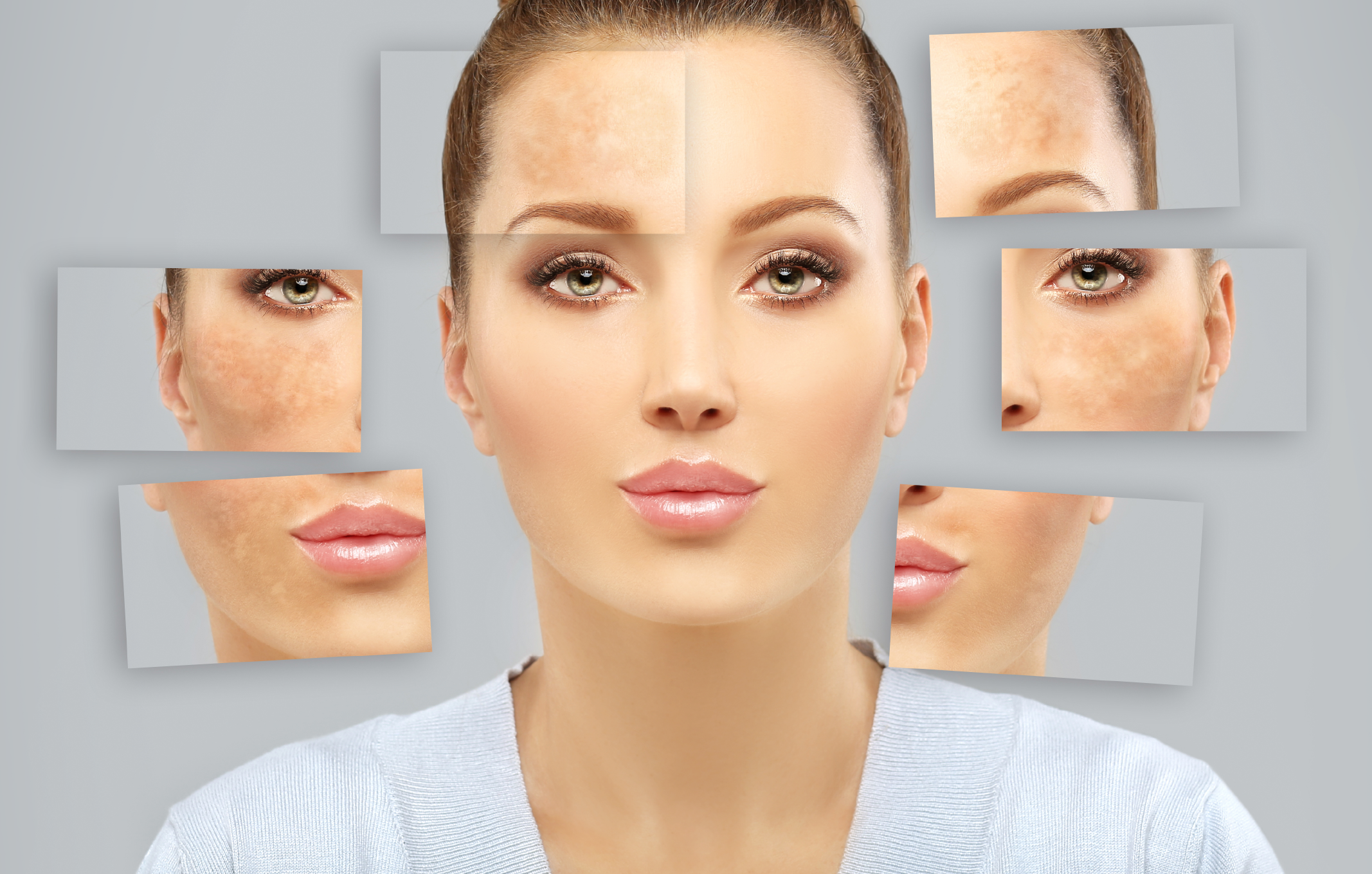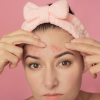-


Ayu Vigo For Energy Stamina Health and Vitality 60 s
1 ×AED 95.00Original price was: AED 95.00.AED 82.61Current price is: AED 82.61.SKU: 11122380
Hyperpigmentation—those dark spots or uneven skin patches—can appear not only on the face but also on the body, affecting areas like the neck, chest, arms, and legs. Whether caused by sun exposure, acne scars, hormonal changes, or skin irritation, the good news is that hyperpigmentation is treatable with the right approach.
Here’s your ultimate guide to achieving a more even and radiant complexion.
What Causes Hyperpigmentation?
Hyperpigmentation occurs when the skin produces excess melanin, leading to dark spots or patches. Common causes include:




How to Reduce Hyperpigmentation on the Body
1. Exfoliate Regularly to Remove Dead Skin Cells
Exfoliation helps speed up cell turnover and fade dark spots faster. Opt for:



2. Use Skin-Brightening Ingredients
Look for topical treatments with these powerhouse ingredients:




3. Keep the Skin Hydrated
Dry or irritated skin can make pigmentation worse. Use nourishing body lotions with:



4. Always Wear Sunscreen
Sunscreen is non-negotiable! Even on cloudy days, UV rays can make hyperpigmentation worse. Choose:



Apply sunscreen daily on exposed areas like the arms, chest, and legs to prevent dark spots from darkening.
5. Consider Professional Treatments for Stubborn Pigmentation
If home treatments aren’t enough, consider dermatologist-approved procedures, such as:



Final Thoughts
Hyperpigmentation takes time to fade, but with the right skincare routine and patience, you can achieve brighter, more even skin.
Want to find the best skin-brightening treatments? Explore our expert-recommended products at SahaJamal.com and take the first step toward radiant skin today!






Leave a reply
You must be logged in to post a comment.